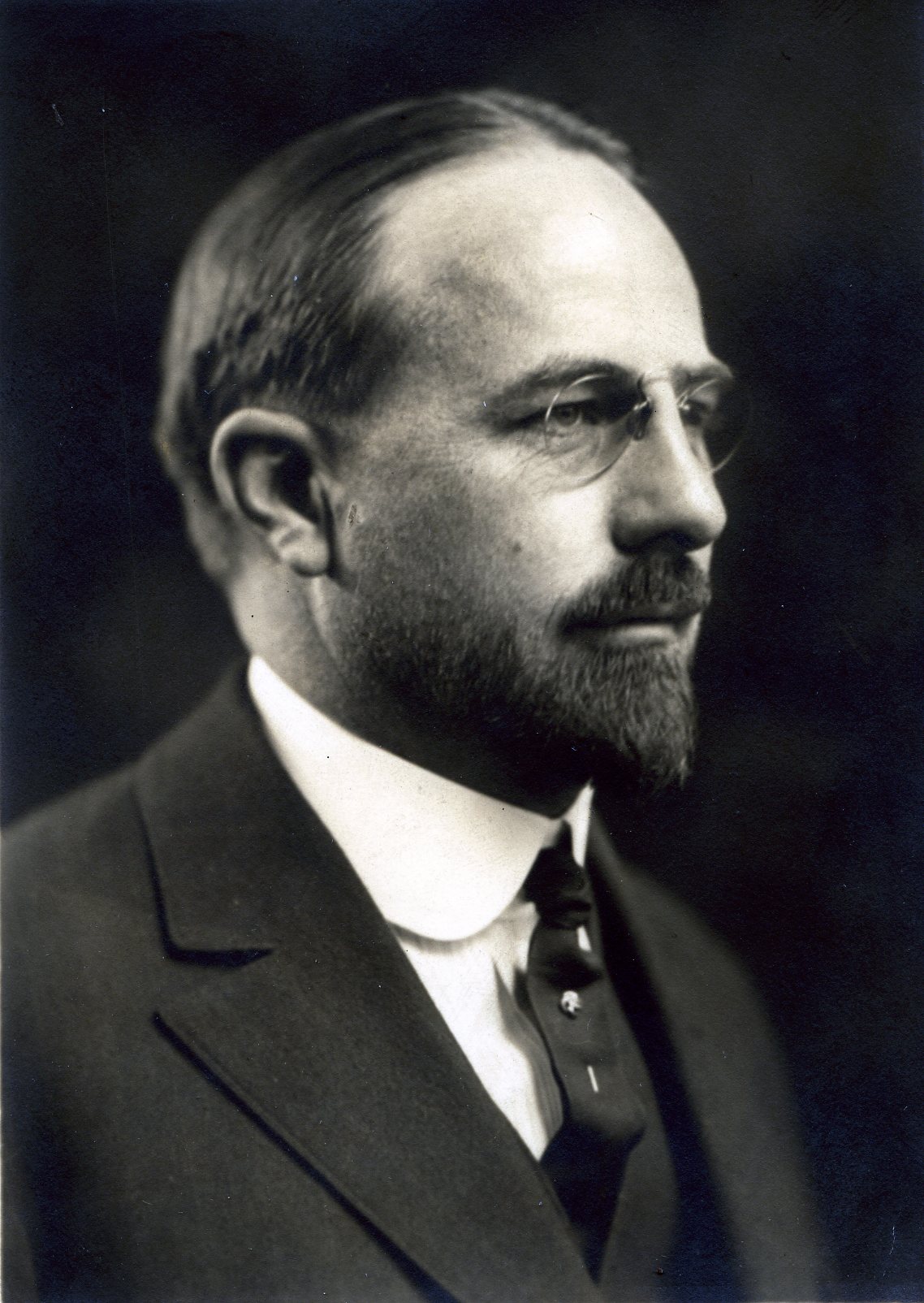Chemist/Consulting Engineer
Centurion, 1921–1962
Born 6 January 1872 in Newark, New Jersey
Died 29 June 1962 in Wallingford, Connecticut
Buried Rosedale Cemetery , Orange, New Jersey
, Orange, New Jersey
Proposed by Joseph R. Duryee and Leonor Fresnel Loree
Elected 5 November 1921 at age forty-nine
Century Memorial
John Dorr was an inventor of mining machinery whose name is known in every corner of the world in which ores are dug. In addition to his metallurgical work, he was a chemical engineer and developed sanitary engineering machinery. After many years of exceedingly active engineering, he went to live on the banks of the Saugatuck River in Connecticut and continued research work in a laboratory he made for himself in an old mill there. It was in this pleasant spot that we Centurions came to know John best, enjoyed his abundant hospitality and looked at the remarkable pictures that his photographer wife made.
The best known of the inventions he developed was the “Dorr thickener.” “Thickening” is defined in the Van Nostrand Scientific Encyclopedia as “the settling out, by gravity, of the solid material in a slurry, followed by the mechanical removal of the settled (thickened) solid.” Miners will tell you that this is an extremely important process in the extraction of metals from their ore. When John Dorr first devised his techniques for this he worked with gold and salvaged far more of the precious metal than had been recovered theretofore from marginal ores. Later, his thickeners and “classifiers” were used in many industries and they also became valuable in the treatment of sewage.
From mining equipment he went as far afield as the design of apparatus for sugar manufacture, one of his patents being for a process of “clarification of cane sugar juice.” In addition, in many other kinds of chemical industry, his name was a byword. An editorial in the magazine Chemical Engineering said of him: “The contribution which his inventions . . . have made to mankind are probably greater than those of any other chemical or metallurgical engineer of our times.” Yet Dorr, in describing his inventions, used to say that they were children of necessity rather than the result of elaborate research and technical knowledge.
In point was his experience in early days with a small cyanide mill in the Black Hills of South Dakota. He had put his last cent into this mill. To keep it going he had to find some means of revenue. It was a series of experiments with this mill that led to the method of gold extraction that paid back all that he had put into it and more.
John Dorr was born in Newark, New Jersey, and educated at a private school conducted by his mother after his father’s death. She encouraged his interest in collections of geological specimens. At seventeen he entered Edison’s West Orange laboratory. After considerable practical experience there, during which he kept much the same sort of hours as his boss, he acquired the same passionate devotion to experiment and innovation. For higher technical education he went to Rutgers and graduated from there in 1894. His first independent work was in Colorado and South Dakota and, in 1907, he opened an office in Denver to market his inventions. He organized The Dorr Cyanide Machinery Company in Denver in 1910 and The Dorr Company in 1916 which had international subsidiaries and agencies.
When in 1940 he established The Dorr Foundation for the purpose of assisting education, he said: “During my active life as an engineering executive, the increasing part played by catalysts in modern industry suggested that the Foundation might play the role of using resources largely of brains and imagination.” These, he believed, were the greatest catalysts of engineering achievement.
A special interest in later years was highway safety. He initiated the painting of the edges of pavements on such roads as the Merritt Parkway in Connecticut. It was estimated that this device brought a 50 percent decline in accidents on certain highways.
Dorr was a member of the Franklin Institute, the Council of New York Technical Societies, the American Association for the Advancement of Science, and a fellow of the New York Academy of Science. He was Member Emeritus of the Electrochemical Society and a member of the Society of Chemical Industry of London.
He was awarded the John Scott Medal of the Franklin Institute, the James Douglas Medal of the American Institute of Mining and Metallurgical Engineers, and, for his achievements in chemistry, the Perkin Medal. He has been given honorary degrees by six universities and technical schools.
John Dorr loved life and all its good things such as the Century. In his more than forty years of membership, he came as often as he could to our monthly meetings and had many friends in the Club.
Roger Burlingame
1963 Century Association Yearbook

